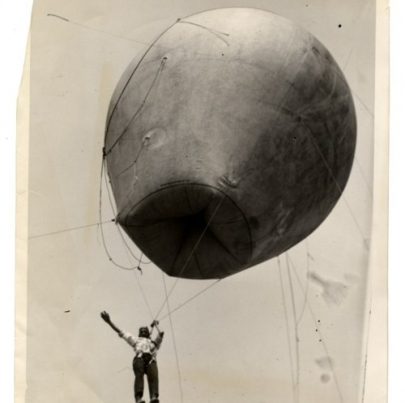Q: What is your best advice on how to write the ending of a novel?
A: It’s probably best to end on some dramatically cathartic and conclusive note: the villain taken away in handcuffs, the couple reunited, the wetlands saved, etc. But I don’t roll that way. And, anyway, I think it depends on the particular piece of fiction. A heavily plotted novel demands a heavily plotted ending. A less plotted narrative has more freedom—which includes the freedom to acknowledge that stories, like life, don’t really end. (It would be weird if a book by Dan Brown petered off with a Chekhovian finale: “The rain beat against the windows all night long.”)
I personally like an ending that combines a sense of awe and ordinariness and conveys a degree of messy “truthiness.” But I think the problem is that while writers may like ambiguity, most readers like a bit more closure. So, ultimately, for me, it’s about striking a balance between closure and non-closure.
Given that there are no generic solutions, here are a few fun ways to end a story:
End mid-sentence. (The Stone Angel by Margaret Laurence.)
End on a question. (The Sun Also Rises by Ernest Hemingway, The Cat in the Hat by Dr Seuss.)
End on an exclamation. (Bartleby the Scrivener by Herman Melville, Charlie and the Chocolate Factory by Roald Dahl. )
End the same way you started. (Finnegans Wake by James Joyce, The Outsiders by S.E. Hinton.)
That’s it. The end!
(My response to this month’s Fiction Craft question—nine novelists were asked to share their advice on writing the end of a novel.)



